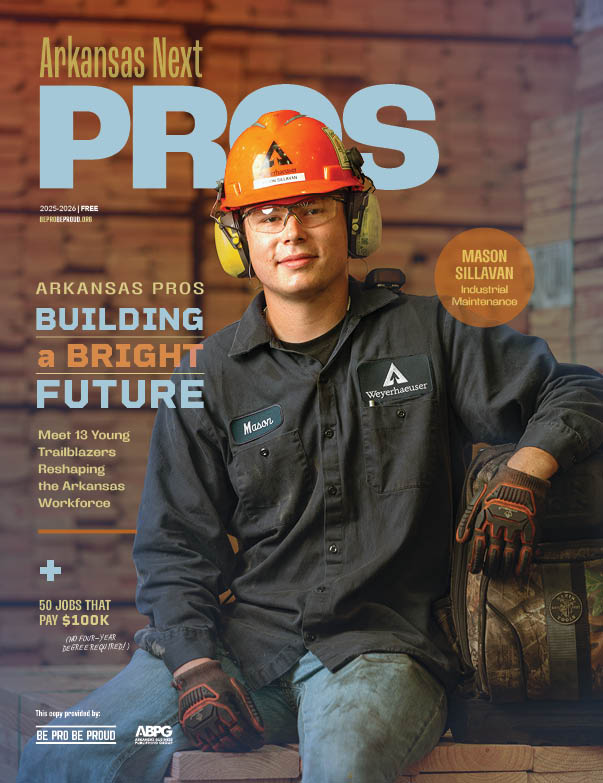What's Next: Marcus Bell on Apprenticeships
By Lydia McAllister on Wednesday, September 13, 2017
MARCUS BELL
National Apprenticeship Training Foundation (NATF)
Major: Electrical Apprentice | Hometown: Huntsville | Age: 28
Marcus Bell went straight to college after high school wanting to become a coach. Soon after, he discovered sitting in class all day just wasn’t for him. Today, with the goal of becoming a master electrician, Marcus is starting the second year of his electrical apprenticeship with the National Apprenticeship Training Foundation (NATF) in Farmington.
Marcus will continue to work under a journeyman electrician for the next three years until he completes the four years of training required before taking the state licensing exam. He says the apprenticeship keeps him on his toes because each day is different.
Compared to college, Marcus enjoys the on-the-job training. “It helps you actually see the progress you’re making as you move through your apprenticeship.”
What’s been your biggest challenge so far and how did you overcome it?
“My biggest challenge thus far has been getting to know all the different [tools] you may need. At first, it seems overwhelming because there’s so much to learn, but I’ve learned not to worry because it only makes it worse, and you actually pick up a lot [along the way].”
LENGTH OF PROGRAM
Depending on the craft or trade, training can take one to six years.
This Option's for You If...
√ You want to get paid to learn
√ You get bored in classrooms
√ You want to fast track to the workforce
COST
The costs vary depending on the employer. Some employers may pay for the related instruction, while others will deduct a small amount from an apprentice’s paycheck to cover their related instruction costs. Also, apprentices might be required to purchase tools and equipment for some trades.
PAY
That’s right. Most of these gigs pay! The average apprentice earns about half of a skilled worker’s starting salary, with the pay increasing as training progresses.
ADMISSION REQUIREMENTS
Most programs require a high school diploma, and some supervisors review attendance/tardiness records.
HOUSING
You’ll have to make your own housing arrangements.
According to the Economics & Statistics Administration of the U.S. Department of Commerce, 91 percent of apprentices find employment after completing their program, and their average starting wage is above $60,000.















